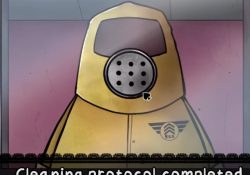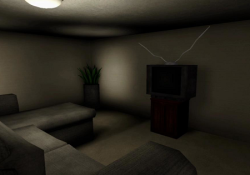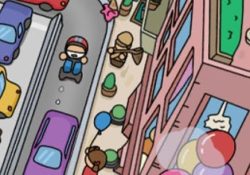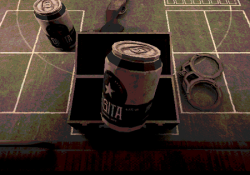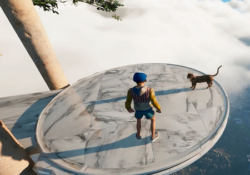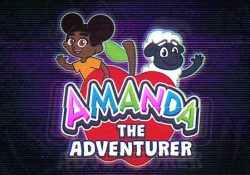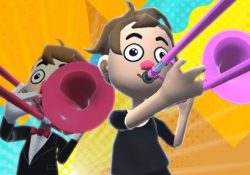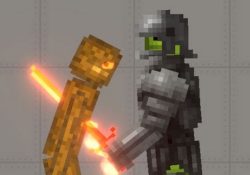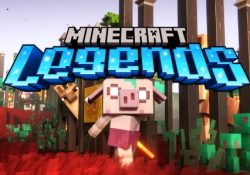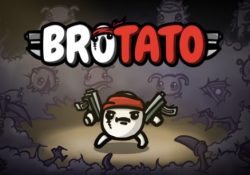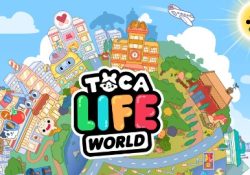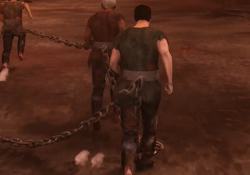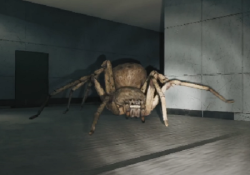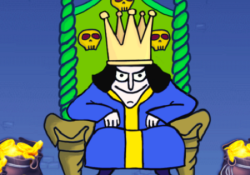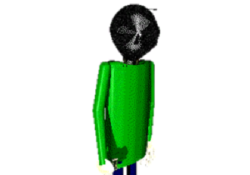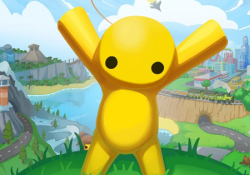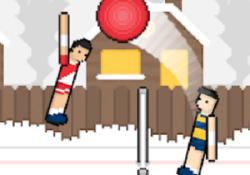Goat Simulator 3 places players in an open-world environment where they control a goat capable of chaotic and unpredictable actions. The setting is filled with interactive objects, characters, and structures that react to the player’s behavior. The game does not follow traditional mission-based progression. Instead, players are free to explore, cause destruction, and experiment with various tools and features at their own pace.
Exploration and Freedom of Movement
The game offers a large map with different zones that include rural areas, cities, laboratories, and more. Each location contains objects and physics interactions that respond uniquely to the goat’s actions. Movement mechanics are intentionally exaggerated, giving players the ability to jump, dash, climb, and attach the goat’s tongue to various surfaces. These mechanics support both mobility and creative interaction with the environment.
Items, Chaos, and Multiplayer
In addition to movement, the game introduces gear and modifiers that alter the goat’s appearance or abilities. Many of these items are earned by completing challenges or discovering secrets. Some items offer functional changes, while others serve only to change visual effects. The game supports cooperative multiplayer, allowing multiple players to share the space and perform actions together.
Examples of available features include:
- Customizable gear for the goat
- A variety of physics-based challenges
- Large-scale destructible environments
- Online and local multiplayer
- Hidden collectibles and easter eggs
Objectives and Unstructured Gameplay
Although the game includes optional tasks and activities, it emphasizes freedom rather than goals. Players may choose to follow specific objectives or ignore them entirely. This structure encourages creative problem-solving and experimentation rather than reward-driven progression. The lack of clear failure conditions supports a more relaxed approach to gameplay.
Humor and Presentation
Goat Simulator 3 relies on absurd interactions and exaggerated animations to create a distinct style. While the visuals are relatively simple, the way objects behave under different conditions adds variety. Sounds and reactions are tied closely to player actions, creating dynamic feedback. The game’s design supports short sessions or extended play, offering constant opportunities to explore and engage with its systems in unpredictable ways.



